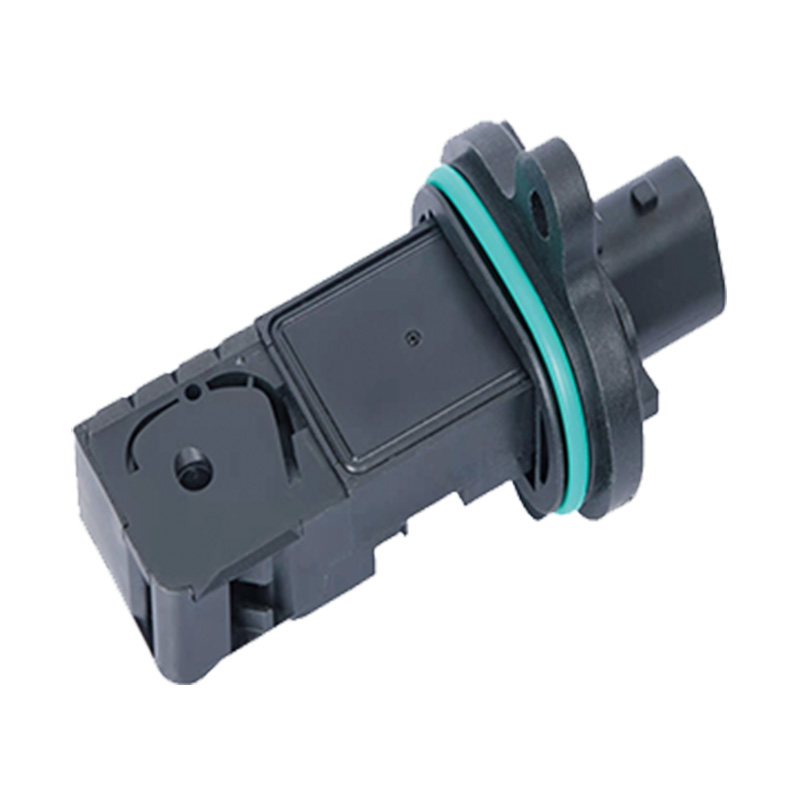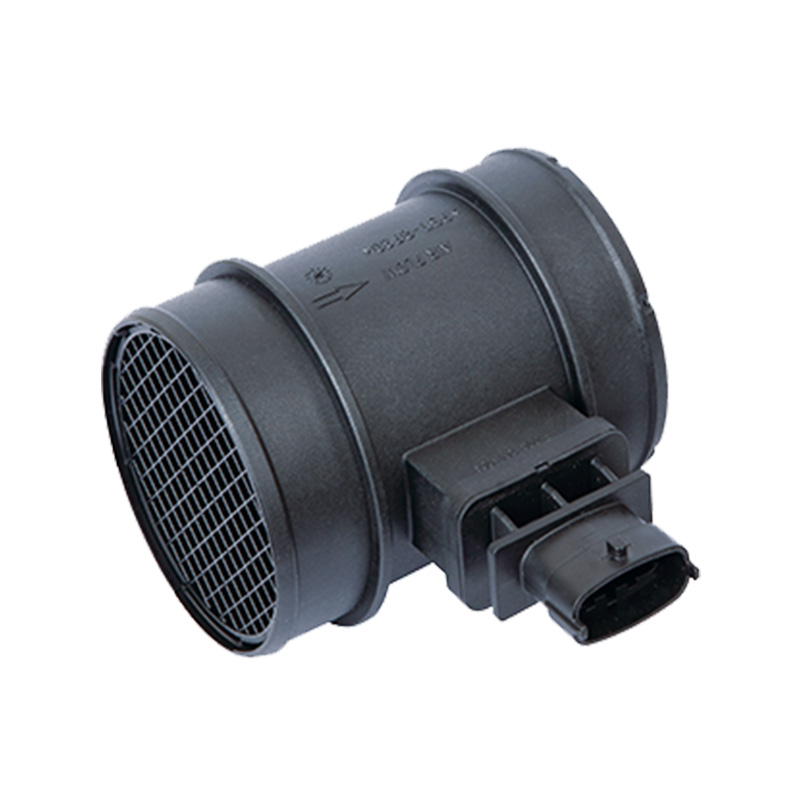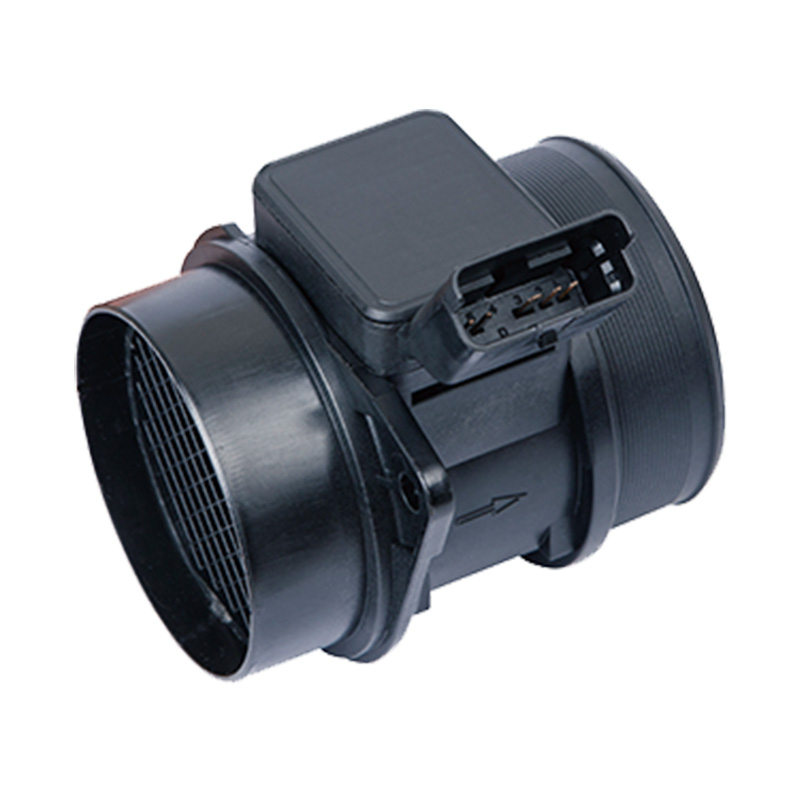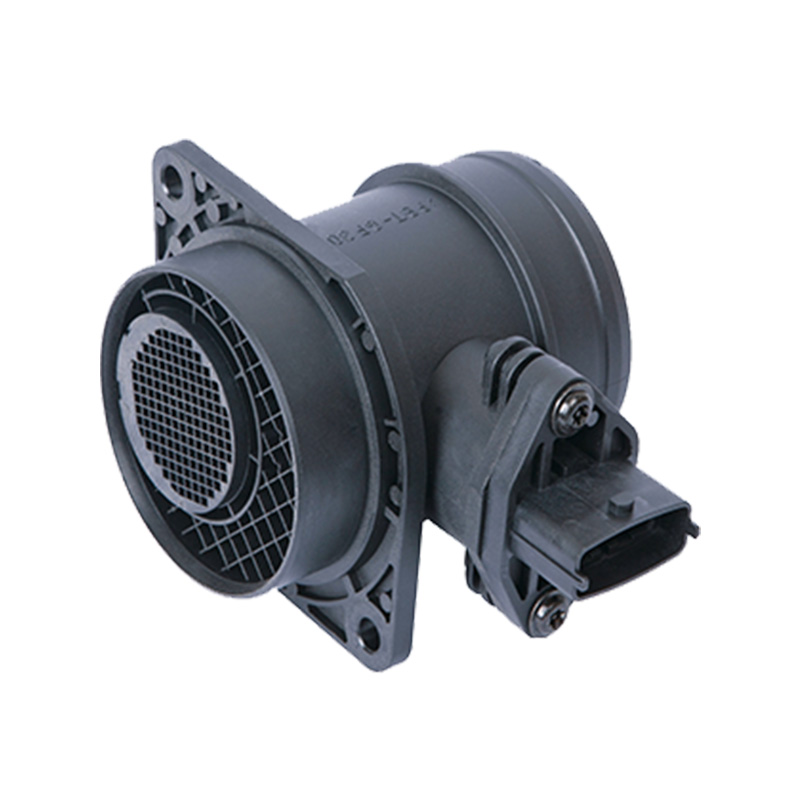OEM.NO: 0280 218 429 0280 218 430
See DetailsExploring the Impact of Temperature Variations on Oil Level Sensors
In the intricate machinery of automotive engines, industrial equipment, and power generation systems, the proper monitoring of oil levels is critical for ensuring good performance and longevity. Oil level sensors, including oil level temperature sensors and thermal oil level sensors, are indispensable components that play a crucial role in maintaining proper lubrication and preventing equipment damage. However, these sensors are not immune to the influence of temperature variations, which can affect their accuracy and reliability. Let's delve into the complexities of this phenomenon and its impact on oil level sensor performance.
Understanding Oil Level Sensors:
Functionality: Oil level sensors are designed to monitor the level of oil within reservoirs or lubrication systems. These sensors utilize various technologies, including float mechanisms, conductivity sensors, or capacitive sensing, to detect oil levels and provide feedback to monitoring systems.
Significance: The proper functioning of oil level sensors is essential for ensuring adequate lubrication of mechanical components such as bearings, gears, and engine parts. These sensors help prevent equipment damage due to insufficient lubrication or oil starvation, optimizing performance and extending service life.
Applications: Oil level sensors find applications in a wide range of industries, including automotive, aerospace, marine, and manufacturing. They are commonly used in engines, gearboxes, hydraulic systems, and industrial machinery to monitor oil levels and ensure proper lubrication.
Impact of Temperature Variations:
Sensor Calibration: Temperature variations can affect the calibration and accuracy of oil level sensors. Changes in temperature can cause expansion or contraction of sensor components, professional to shifts in sensitivity or signal output. This can result in inaccurate oil level readings and potential misinterpretation of sensor data.
Fluid Properties: Temperature fluctuations can alter the viscosity and density of oil, affecting its behavior within the lubrication system. Thicker or thinner oil may flow differently within the reservoir, impacting the position of the oil level sensor's float or the response of conductivity sensors.
Electrical Properties: Thermal changes can also affect the electrical properties of sensor materials and components. Temperature variations may influence the conductivity of sensor electrodes or the dielectric properties of capacitive sensing elements, professional to changes in sensor performance.
Understanding Oil Level Temperature Sensors:
Functionality: Oil level temperature sensors are specifically designed to monitor both oil levels and temperature within lubrication systems. These sensors integrate temperature sensing elements with oil level detection mechanisms, providing comprehensive monitoring capabilities.
Significance: Oil level temperature sensors offer enhanced functionality by combining oil level monitoring with temperature sensing. This allows for more precise control of lubrication systems and early detection of potential issues such as overheating or oil degradation.
Applications: Oil level temperature sensors are commonly used in automotive engines, industrial machinery, and hydraulic systems where precise control of oil levels and temperature is critical for good performance and equipment reliability.
Understanding Thermal Oil Level Sensors:
Functionality: Thermal oil level sensors utilize thermal conductivity principles to detect changes in oil level within reservoirs or systems. These sensors measure the thermal conductivity of the oil and use this information to determine the oil level.
Significance: Thermal oil level sensors offer advantages such as high accuracy, reliability, and compatibility with a wide range of oil types and viscosities. They are well-suited for applications where precise oil level monitoring is essential for equipment safety and performance.
Applications: Thermal oil level sensors find applications in automotive engines, hydraulic systems, industrial machinery, and process control applications where accurate oil level monitoring is critical for preventing equipment damage and ensuring operational efficiency.
Temperature variations can have a significant impact on the performance of oil level sensors, including oil level temperature sensors and thermal oil level sensors. These sensors play a crucial role in monitoring oil levels and ensuring proper lubrication of mechanical components in various applications.





